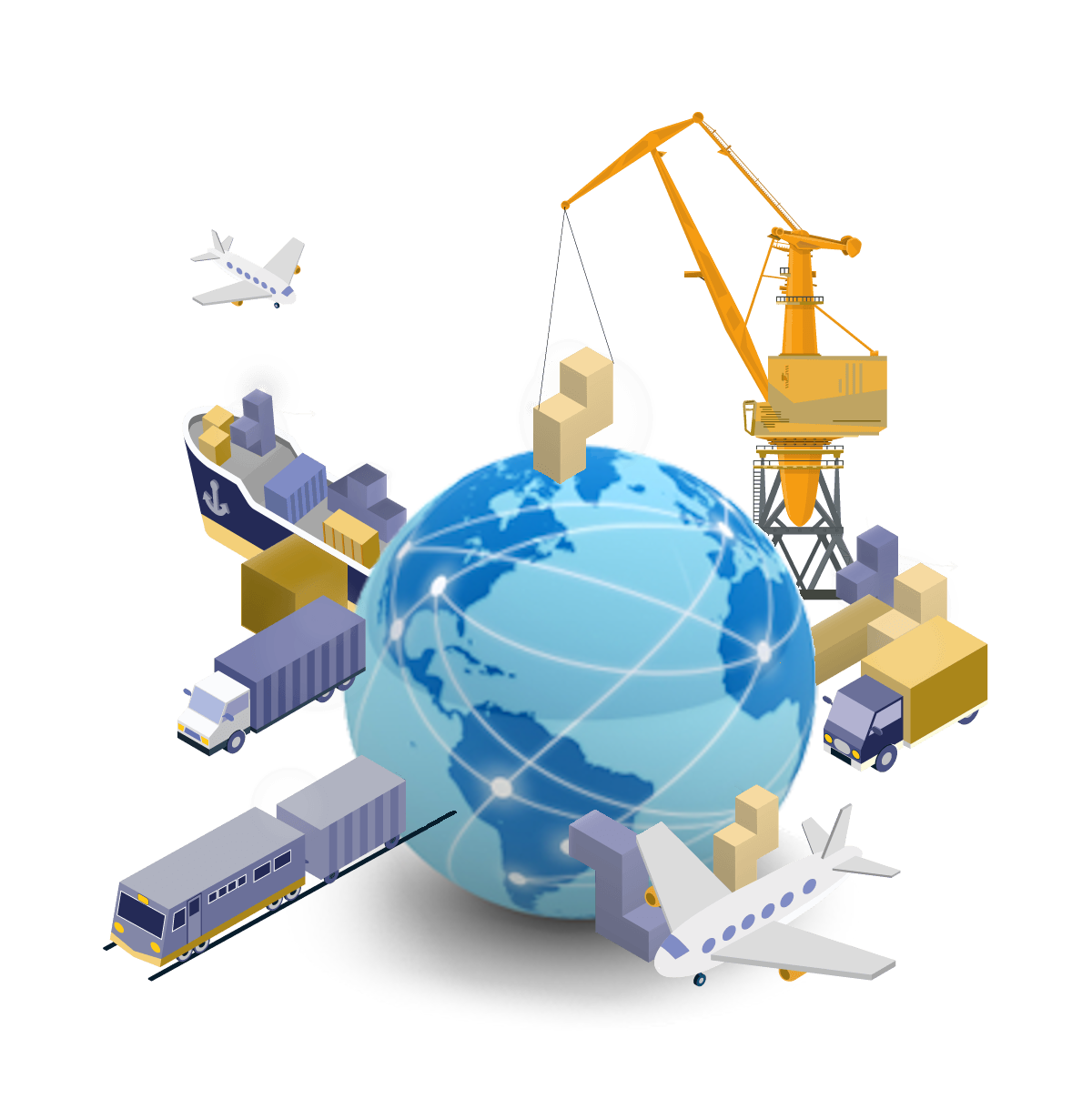To understand the concept of logistics and how it affects business competitiveness, we need to understand the history and evolution of logistics management. This management comprises not only the flow of materials, but many other logistics functions that we will discuss in detail here on EasyLogistics.site.
History of industrialization
The first industrial revolution was also the first revolution in logistics. In 1765, James Watt creates the steam engine, which allows mass production. Before that, each product was produced individually, by hand. After that, products were made by machines that replaced workers, with a much higher production rate.
Then, in 1801 Eli Whitney introduces the concept of interchangeable parts, which allows for a second important transformation in the assembly of products: the production of weapons, clocks, sewing machines and others changed to large production scales, rather than being customized.
However, at this time, the major problem was the distribution of products. We were already capable of mass producing, but we still could not distribute in mass. This has changed with the second industrial revolution: major innovations in transportation and communications (trains, boats and the telegraph).
The beginning of the last century saw some of the last great revolutions in production, with Taylor processing a meticulous division of work, and Ford creating the mobile production lines (production lines already existed before, but workers moved; now, the product comes to the worker, imposing the rate and rhythm of the production line).
Current economy
With globalization, multinationals are present and offer their products in several markets of the world. Innovation is the motto, and if customers were used to buy whatever was available to them, nowadays they impose their desires for added value. They want the right product, at the right time, at a reasonable price, at the chosen location, and with the desired quality. How to balance this equation? With an excellent operations and logistics management.
Thereby, the role of logistics is clearly much greater than just distribution. It ranges from the purchasing of raw materials, inventory management, production management, operations control (inventory, quality, distribution and transportation), demand management (forecasting) and long-term planning (facility location, project management).
Supply chain
A supply chain is comprised of a network of suppliers, distributors, distribution centers, retailers, etc., with the common goal of transforming and delivering the final products to customers.
Nowadays, this concept is revised as this is no longer enough. Customers do not just want the products. They want the guarantee that the services will be appropriate. This includes the certainty that environmental friendly practices have been used and that recycling techniques are available. It is the society influencing companies with reverse logistics.
But that’s a topic for another post!
